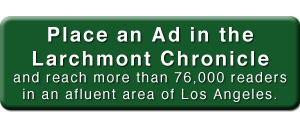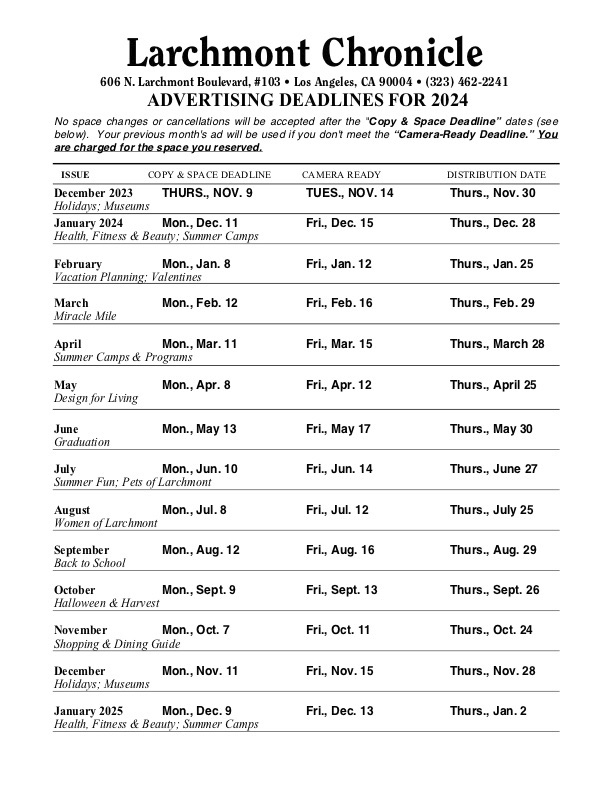Repaving streets may mean assessment districts according to Tom LaBonge
The city of Los Angeles may not have the highest population of any in the United States; that honor goes to New York City. L.A. also isn’t the largest city by area; four cities in Alaska compete for that title. But it does have the largest municipal street system in the entire nation, with 28,000-lane miles.

THE STORY of L.A. is one of rapid growth, and, for many years our care of our city streets did not keep up.
The story of Los Angeles is one of rapid growth, and, for many years our care of our city streets did not keep up. After World War II, the number of miles of city streets more than doubled, while the number of streets we repaved on an annual basis remained the same until 1986: just 50 miles a year.
This year, the Bureau of Street Services will work to fix 800 miles of streets, with 245 being resurfaced. Still, it is not enough to overcome the years when we ignored the problem.
This issue is particularly acute in the greater Wilshire area, where 30 percent of the streets are made of concrete. While the city has resurfaced Wilshire’s asphalt streets at a fast clip, with 63 percent being slurried or resurfaced in the last 10 years, its concrete streets remain untouched.
Unfortunately, the Bureau of Street Services has never maintained a concrete streets reconstruction program. The reason is financial: concrete streets cost 10 times as much to reconstruct as the asphalt streets cost. Of the city’s $7.7 billion budget, only 1.5 percent is allocated for street repair, while more than 70 percent is dedicated to public safety.
In Larchmont Village, I funded concrete resurfacing of its much-used alley from my office budget. On Wilshire Blvd., I created a pilot program to use a new hardening additive to asphalt the curb lanes, which shoulder the burden of heavy buses.
Fixing Wilshire area’s concrete streets, however, will require a new wave of creativity and organized community leadership. Potential solutions range from forming assessment districts to replacing the concrete with a cooler, lighter asphalt than the one typically used.
I invite your feedback as we move forward.
By Councilman Tom LaBonge
Category: News


